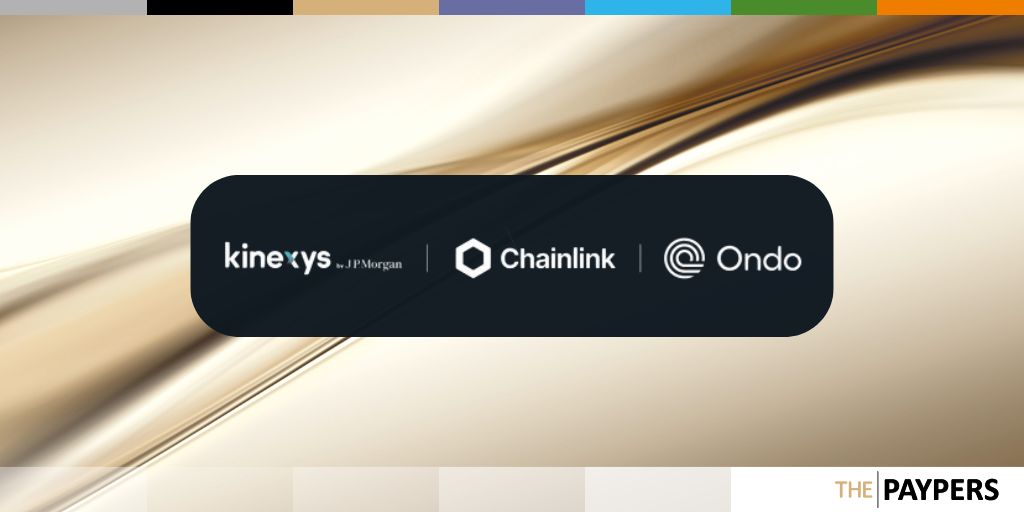A test carried out by Chainlink, Kinexys of JP Morgan and Ondo Finance showed the blockchain infrastructure potential to rationalize DVP transactions.
The trial involved a transversal regulation which has exploited the authorized Kinexys Digital Payments network and the Ondo testnet, marking the latter’s first operational transaction.
The exchange included the US Treasury Fund in Ondo Finance (OSG) token and used digital payments Kinexys to represent the payment leg. Chainlink execution environment (CRE), a coordination platform outside Chain, managed the process by integrating into the synchronized Kinexys settlement workflow. This allowed a simultaneous atomic payment of payment and assets on separate blockchains while maintaining compliance and operational guarantees adapted to institutional standards.

The payment infrastructure extends beyond private channels
This initiative also expands Kinexys integration beyond fully private blockchain environments. The Ondo Chain Testnet, built as a Public Blockchain of layer 1 specially designed to support the tokenization of real assets, has served as an infrastructure for the transfer of assets. The CRE environment orchestrated the complete life cycle of the transaction, ensuring that all activities on the two networks comply with the security and transparency requirements typical of institutional finance.
Kinexys representatives noted that the project reflects continuous efforts to modernize the experience of payments for institutional customers, in particular when financial institutions are starting to engage with public and hybrid blockchain systems. They stressed that the connection of private blockchain infrastructure platforms could improve efficiency while expanding customer payment options.
According to Ondo Finance officials, the demonstration illustrates how the evolving blockchain infrastructure can support the real world financial products. Likewise, ChainLink representatives underlined the event as part of a larger change towards the connection of decentralized financing capacities with the operational needs of traditional financial institutions.
DVP transactions, in particular beyond borders, remain difficult to execute in conventional systems due to dependence on disparate and often manual workflows. These challenges have historically led to substantial settlement failures and at risk of counterpart. Chainlink’s infrastructure has allowed a simultaneous transfer of assets and payments between blockchains, aimed at reducing these risks while improving the speed and visibility of the regulations.




